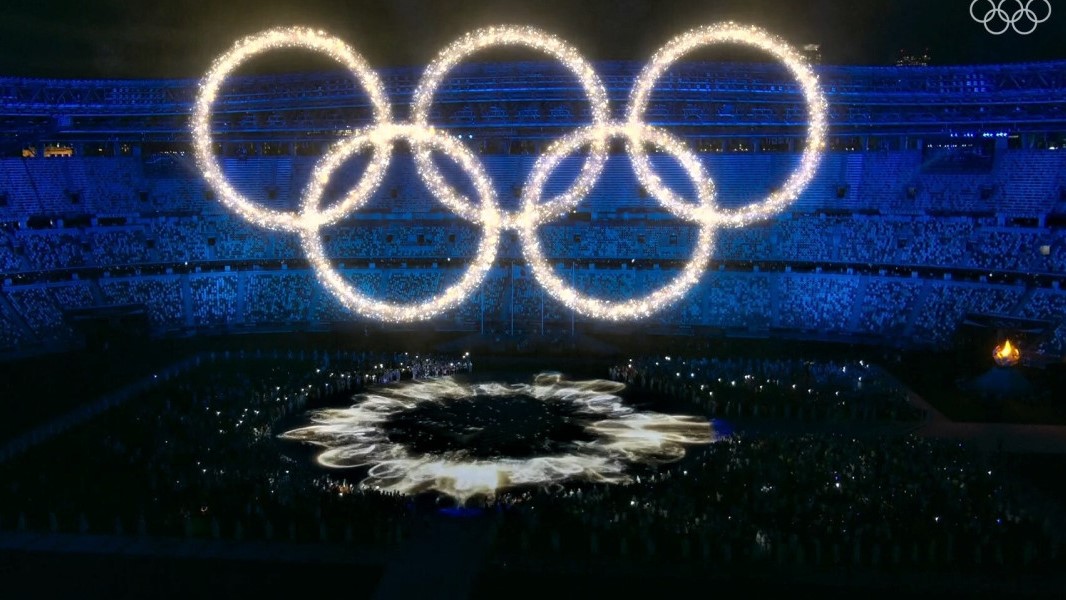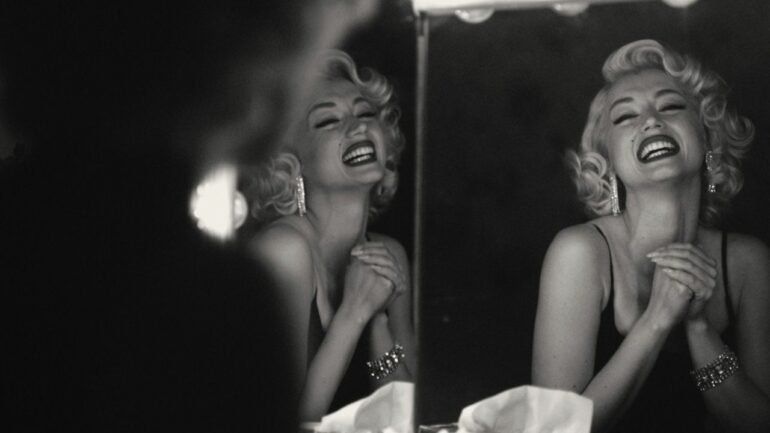So good... like you
Listeners:
Top listeners:
00:00
00:00
chevron_left
-
play_arrow
NGradio So good... like you
Why the Olympic athletes don’t march behind their own flag at the Closing Ceremony

When the Olympics end, athletes don’t repeat the highly regimented parade of the opening ceremony. For the closing, they sort of wander in, mingling with other nationalities. It’s all part of a plan hatched 65 years ago by a teenager. Despite being credited with saving the Games from disaster, for decades, few people knew his name.
In the closing ceremony, the athletes walk “en masse and in no particular order,” officials for the Tokyo Games say, making the final parade much more casual and easygoing than the highly scripted opener. In Sunday’s ceremony, Olympians wandered in, chatting with other delegations and pausing to take photos together, blending national colors.
So, why did the often stodgy Olympics decide to accept randomness?
“The idea of having all the athletes parade in no order comes from a young Chinese man, John Ian Wing, an apprentice carpenter in Australia for the 1956 Games in Melbourne,” Tokyo organizers said in their notes for the closing ceremony. “Before these Games, the athletes had always marched behind their flag-bearer, as at the Opening Ceremony.”

Bettmann/Bettmann Archive
The idea was sparked by an international crisis
The 1956 Melbourne Games famously teetered toward chaos rather than unity, as international discord spilled over into the athletes’ showcase. In Europe, post-war tensions hit a new peak as the Games began, with the Soviet Union sending tanks into Hungary to crush a national uprising. Elsewhere, Egypt and Israel were at the center of the Suez Crisis crisis, prompting boycotts by Egypt, Iraq and Lebanon. China also boycotted because of the inclusion of Taiwan (as “Formosa-China”).
Even before the Games began, organizers had faced calls to cancel the Olympics. Switzerland, Spain and the Netherlands also boycotted. Some countries who participated ordered their athletes not to mix with other delegations in the Olympic Village, according to the Olympic Museum in Germany.
Then came the infamous “Blood in the Water” water polo match — a contest between Hungary and the Soviet Union that turned vicious. As violence broke out in the water, the scene threatened to become an all-out brawl among athletes and team officials.
“The match had to be stopped,” historian David Wallechinsky told NPR. “There was a famous photograph of one of the Hungarians emerging from the pool, with blood streaming down his face.”
The Soviet force had arrived in Hungary in early November — the same time as the Summer Olympics, which were aligned with the Southern Hemisphere’s seasons.
“The Hungarian Olympic team only heard about the developments back home after arriving in Melbourne,” as Katie Cella has written for NPR, “and then promptly tore down the Hungarian flag with the communist insignia in the Olympic Village, raising the free Hungarian flag in its place.”
With the Olympic ideals of camaraderie and respect in jeopardy, organizers faced a quandary about how to conclude the Games.
An anonymous letter suggests ‘only one nation’
With the Melbourne Games threatened by disarray, John Ian Wing, a 17-year-old Australian of Chinese descent, wrote to organizers with his idea for how to end the Olympics peacefully.
“I was observing all what was going on and it saddened me to see politicians were using the Olympics for their political gains and the athletes were a ‘pawn’ in their game,” Wing later said. “It was pointless to scream and shout at politicians because it goes in one ear and out the other ear. But I remembered an old saying, ‘The pen is mightier than the sword.’ “
The goal for the final parade, Wing said in his letter to Olympics officials, should be for the athletes to walk together — as “only one nation.”

Kirk McKoy/Los Angeles Times via Getty Images
Wing sent his anonymous letter to Sir W.S. Kent Hughes, chairman of the Melbourne organizers’ committee. He wrote: “I believe it has been suggested that a march should be put on during the Closing Ceremony, and you said it couldn’t be done. I think it can be done.”
If all countries’ athletes march together, Wing said, “there will be only one nation. War, politics and nationality will be all forgotten.” He added, “Well you can do it in a small way… No team is to keep together, and there should be no more than two team-mates together.”
Hughes liked Wing’s idea — and it was adopted, just one day before the closing ceremony was to take place.
Wing succeeded in helping the Melbourne Olympics close out on a positive note. But his identity remained a mystery for decades. After he was identified and contacted by an Australian journalist in 1986, he was honored by International Olympic Committee President Juan Antonio Samaranch. A street in the Sydney 2000 Olympic Village was named after him.
“I didn’t put my name or address to the letter in case someone thought it was a daft idea,” Wing said, according to comments published by the Olympic Museum. After his idea became a new Olympic tradition, he opted not to tell anyone, thinking they wouldn’t believe him.
Olympics go from bloody to the ‘Friendly Games’
Wing also wrote a second letter to Hughes, giving his name and address but asking to remain anonymous. It was that note that, once discovered, publicly uncovered Wing’s identity.
Wing later said that Hughes acknowledged his contribution in a unique way. Shortly after the Olympics were over, Wing told The Age newspaper, he was in his father’s restaurant when a waiter told him he had a visitor. There, a man in formal attire handed him a plastic case, containing an Olympic bronze medal.
“It is from Mr. Kent Hughes,” the man said as he left.
Thanks to Wing’s innovation and the calm that had pervaded the Games before the tussle between the U.S.S.R. and Hungary, the Melbourne Olympics soon came to be known as the “Friendly Games.”
When the intermingled athletes marched into the stadium in Melbourne for the closing ceremony, a huge sign above them declared: “The 1956 Olympic race is run. May all who have been present go forth to their homelands and may the Olympic spirit go with them.”
Source: npr.org
Written by: New Generation Radio
Similar posts
ΔΗΜΟΦΙΛΗ ΑΡΘΡΑ
COPYRIGHT 2020. NGRADIO




















Post comments (0)